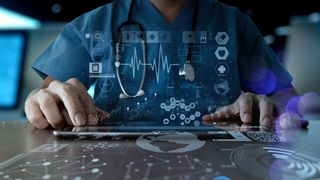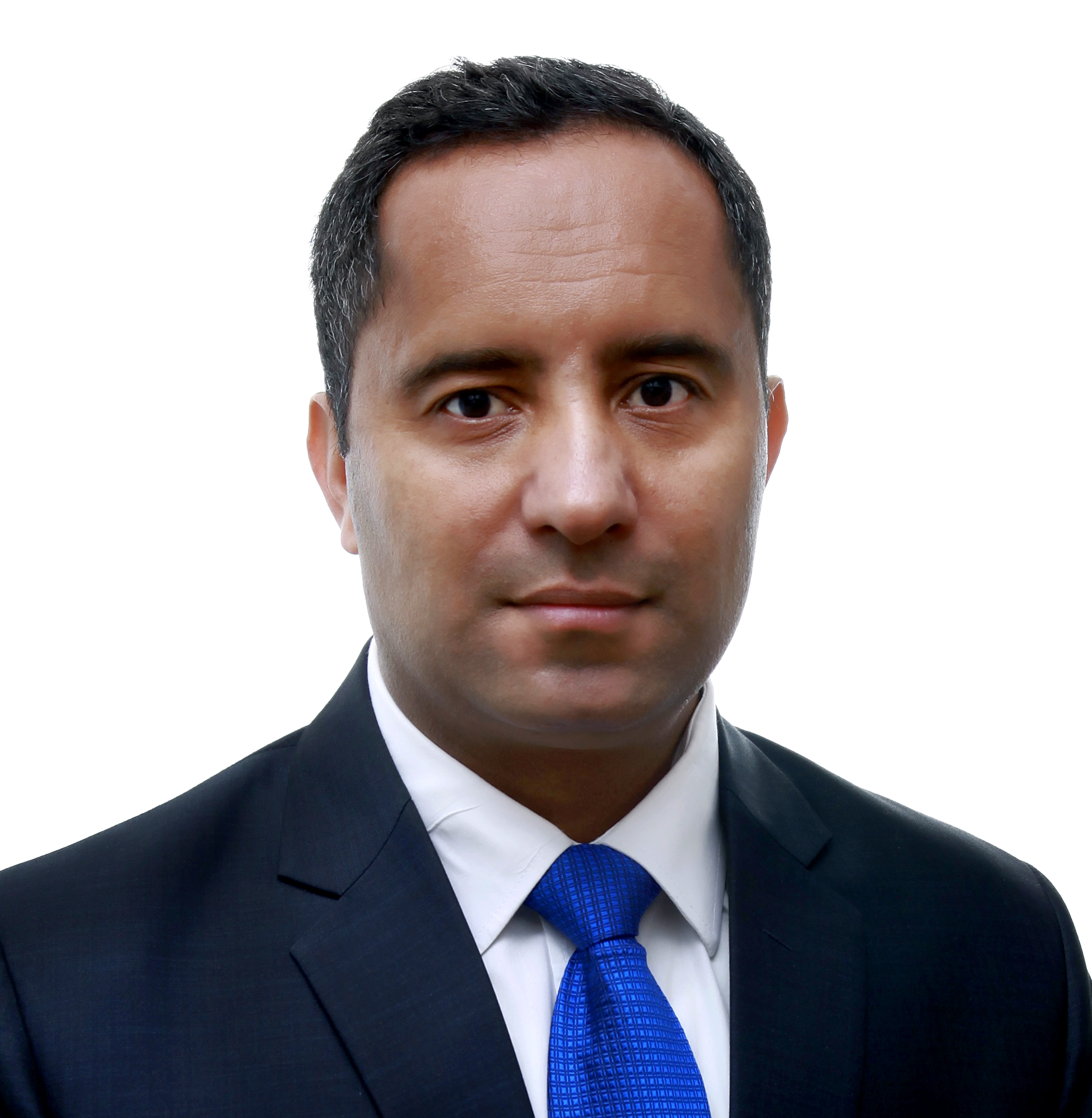Artificial intelligence driving intelligent hospitals
Enhancing healthcare professionals with AI

Artificial Intelligence (AI) is a branch of computer science that emphasizes the creation of machines and software that work and act like humans in several situations such as learning, planning and analyzing to lay the foundation of an intelligent hospital. It utilizes emerging technologies like IoT, Analytics, Machine Learning, Data Intelligence and Big Data to create smart tools to assist doctors at various levels. AI has tremendously improved the healthcare industry and patient outcomes more than ever before.
Machines can only learn to act and perform human duties if they have abundant information relating to the particular situation as well as human oversight. And they have the ability to identify patterns in input, classify regressions and record outputs for future use. This seamless learning is perfect in cases of medical emergencies where human intelligence might still need some stimuli to recall or remember data.
Here are three different use cases where AI has surprised humanity especially in matters of concerning life and has helped significantly to improve outcomes in healthcare.

AI-assisted robotic surgery
Robots and machines are used to a greater extent than ever before in assisting microsurgical procedures and activities. AI has, and will help to reduce that variation because it will be the same systems that collect and integrate data into their processes. This will significantly help surgeons during surgeries. The assisting AI environment will work with high precision based on the IoT data collected through the machine overlaid with patient body data with an application of machine learning, which significantly reduces the huge implication for the patient in terms of cost and outcomes.
Of course, this is being achieved through human oversight. For instance, instead of directly moving instruments, a surgeon can control the instruments through a remote manipulator or computer. The remote control allows a human surgeon to perform normal movements while the robotic arms carry out those movements using end-effectors and manipulators to perform the actual surgery on the patient. It’s important to note the doctor may or may not be present in the operating room while the machines perform these operations.
Robotics are used in surgery as autonomous instruments to replace traditional steel tools and perform certain actions with much smoother motions. The objective of using robots is to reduce the tissue trauma that is associated with open surgery. This approach seeks to improve open surgeries, especially in severe and critical situations. When compared to traditional surgery methods, AI-assisted surgery is done with more precision, miniaturization, smaller incisions, decreased blood loss, less pain, and has reduced normal healing time as the image of the entire body is assessed and analyzed beforehand using advanced machine learning techniques.
Robotic surgeries prove to give surgeons and experts better control over the instruments and the site accordingly. Additionally, surgeons don’t have to stand for a long period of time and are less likely to experience fatigue.
Are you a pro? Subscribe to our newsletter
Sign up to the TechRadar Pro newsletter to get all the top news, opinion, features and guidance your business needs to succeed!
Virtual Nursing Assistants
Nursing has evolved over the past decades and work has changed from the conventional standing with doctors and taking rounds. Even now, technological advancements have brought nursing into a whole new level with Virtual Nursing Assistants (VNA). VNA are bots or computer-generated tools that are used to care for patients. These tools replicate human nurse’s behaviors and perform various activities such as providing patients with information, issuing hospital discharge instructions, and coaching patients.
Although VNA are limited in the ability to make complex judgments, they have performed nursing activities with tremendous success. VNA are designed to be empathetic when asking patients about their health or when making a diagnosis. This prompts patients to see it as human or as a good care-giver. VNA are programmed bots that can address patients by their names, and even use humor when interacting with patients.
Technology applications and software encourage healthier behavior in individuals to help manage a proactive healthy lifestyle. VNA puts all the patients in control of their health and well-being by being able to track little tenets of their health such as heart rate, temperature, blood pressure, pulse rate, etc. without getting to a clinic or seeing a physical nurse or doctor. These apps provide professional doctors and nurses accurate data to help track the patient’s health. The app for VNA not only uses the existing information about the patient involved, their medical profile, family members medical profiles but also historical information about similar patients.

Aid clinical judgement or diagnosis
AI is helping hospitals and healthcare organizations unlock several amounts of health data for power diagnosis. This means that AI can review and store far more medical information than any hospital building warehouse and it can also access this stored information faster than any human. Every symptom and treatment can be accessed exponentially by these machines and software to help doctors easily recognize the disease, whether genetic or natural.
One way doctors have used AI is to summarize and analyze key insights into patients’ data, married with data from the patient family’s health history allowing them to make informed decisions, quickly. Improved care requires the alignment of a vast array of health data with relevant and accurate analytics. Machines have a higher level of memory and are more efficient than humans. Previously, skilled doctors would collect data and then enter it into electronic health records where the patient’s data would get lost among a long array of others. This kind of work makes diagnosis and medical decisions a cumbersome work for doctors. But AI can be used effectively to store data and remember all the patterns used in the analysis of the data to bring a more improved diagnosis.
As innovation and technology advances, we push boundaries to achieve outcomes using machines to provide us with more solutions in less time. Now more than ever, we can rely on AI in the health sector to provide more practical solutions to more problems than ever before.
Shailendra Kumar, Vice President & Chief Evangelist, Analytics Leonardo, APJ&GC at SAP
- We've also highlighted the best AI platforms for business

